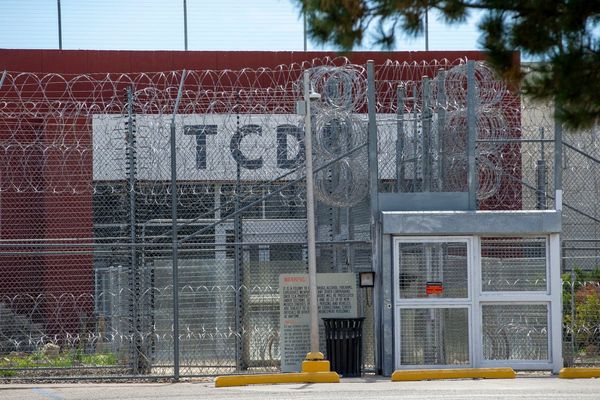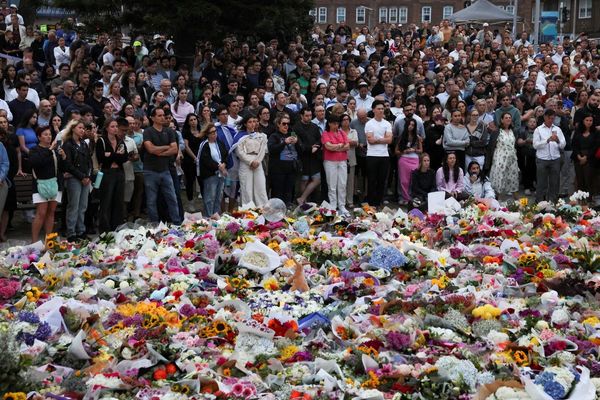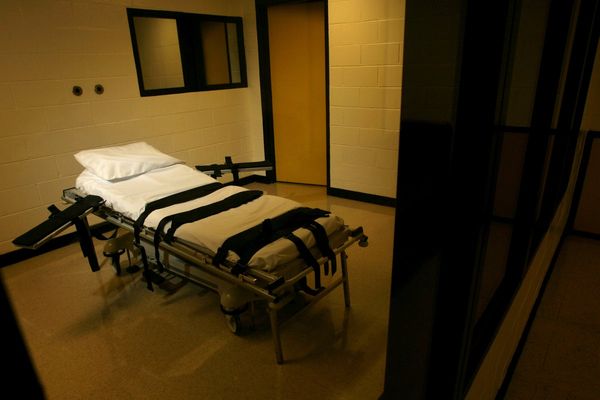Iran’s president on Wednesday ordered the country to suspend its cooperation with the International Atomic Energy Agency after American and Israeli airstrikes hit its most-important nuclear facilities, likely further limiting inspectors' ability to track Tehran's program that had been enriching uranium to near weapons-grade levels.
The order by President Masoud Pezeshkian, however, included no timetables or details about what that suspension would entail.
Pressure tactic
Iran has limited IAEA inspections in the past as a pressure tactic in negotiating with the West — though as of right now Tehran has denied that there's any immediate plans to resume talks with the United States that had been upended by the 12-day Iran-Israel war.
Iranian state television announced Pezeshkian's order, which followed a law passed by Iran’s parliament to suspend that cooperation. The bill already received the approval of Iran's constitutional watchdog, the Guardian Council, on Thursday, and likely the support of the country's Supreme National Security Council, which Pezeshkian chairs.
“The government is mandated to immediately suspend all cooperation with the International Atomic Energy Agency under the Treaty on the Nonproliferation of Nuclear Weapons and its related Safeguards Agreement,” state television quoted the bill as saying. "This suspension will remain in effect until certain conditions are met, including the guaranteed security of nuclear facilities and scientists.”
It wasn’t immediately clear what that would mean for the IAEA, the United Nations’ nuclear watchdog.
The Vienna-based IAEA long has monitored Iran’s nuclear program. The agency didn’t immediately respond to a request for comment.
Details remains unclear
It's not known how Iran will implement this suspension. Iran's theocractic government, there is room for the council to implement the bill as they see fit. That means that everything lawmakers asked for might not be done.
However, Iran's move stops short of what experts feared the most. They had been concerned that Tehran, in response to the war, could decide to fully end its cooperation with the IAEA, abandon the Nuclear Nonproliferation Treaty and rush toward a bomb. That treaty has countries agree not to build or obtain nuclear weapons and allows the IAEA to conduct inspections to verify that countries correctly declared their programs.
Iran’s 2015 nuclear deal with world powers, negotiated under then U.S. President Barack Obama, allowed Iran to enrich uranium to 3.67% — enough to fuel a nuclear power plant, but far below the threshold of 90% needed for weapons-grade uranium. It also drastically reduced Iran’s stockpile of uranium, limited its use of centrifuges and relied on the IAEA to oversee Tehran’s compliance through additional oversight. The IAEA served as the main assessor of Iran's commitment to the deal.
But U.S. President Donald Trump, in his first term in 2018, unilaterally withdrew Washington from the accord, insisting it wasn’t tough enough and didn’t address Iran’s missile program or its support for militant groups in the wider Middle East. That set in motion years of tensions, including attacks at sea and on land.
Iran had been enriching up to 60%, a short, technical step away from weapons-grade levels. It also has enough of a stockpile to build multiple nuclear bombs, should it choose to do so. Iran has long insisted its nuclear program is for peaceful purposes, but the IAEA, Western intelligence agencies and others say Tehran had an organized weapons program up until 2003.
Suspension comes after Israel, US airstrikes
Israeli airstrikes, which began June 13, decimated the upper ranks of Iran’s powerful Revolutionary Guard and targeted its arsenal of ballistic missiles. The strikes also hit Iran’s nuclear sites, which Israel claimed put Tehran within reach of a nuclear weapon.
Iran has said the Israeli attacks killed 935 “Iranian citizens,” including 38 children and 102 women. However, Iran has a long history of offering lower death counts around unrest over political considerations.
The Washington-based Human Rights Activists group, which has provided detailed casualty figures from multiple rounds of unrest in Iran, has put the death toll at 1,190 people killed, including 436 civilians and 435 security force members. The attacks wounded another 4,475 people, the group said.
Meanwhile, it appears that Iranian officials now are assessing the damage done by the American strikes conducted on the three nuclear sites on June 22, including those at Fordo, a site built under a mountain about 100 kilometers (60 miles) southwest of Tehran.
Satellite images from Planet Labs PBC analyzed by The Associated Press show Iranian officials at Fordo on Monday likely examining the damage caused by American bunker busters. Trucks could be seen in the images, as well as at least one crane and an excavator at tunnels on the site. That corresponded to images shot Sunday by Maxar Technologies similarly showing the ongoing work.
___
Amir Vahdat contributed to this report from Tehran, Iran.
Ukraine war latest: Drone attack deep in Russia; US halts weapon shipments
Russia ramps up offensives on two fronts in Ukraine as both sides seek an advantage before fall
Trump claims Israel has agreed to 60-day ceasefire in Gaza
Trump threatens jail for Mamdani in NYC and calls Biden a ‘son of a b****’
UPenn bans trans athletes and revokes Lia Thomas’ records in deal with Trump
Paramount agrees to pay Trump $16 million to settle lawsuit CBS called ‘meritless’







